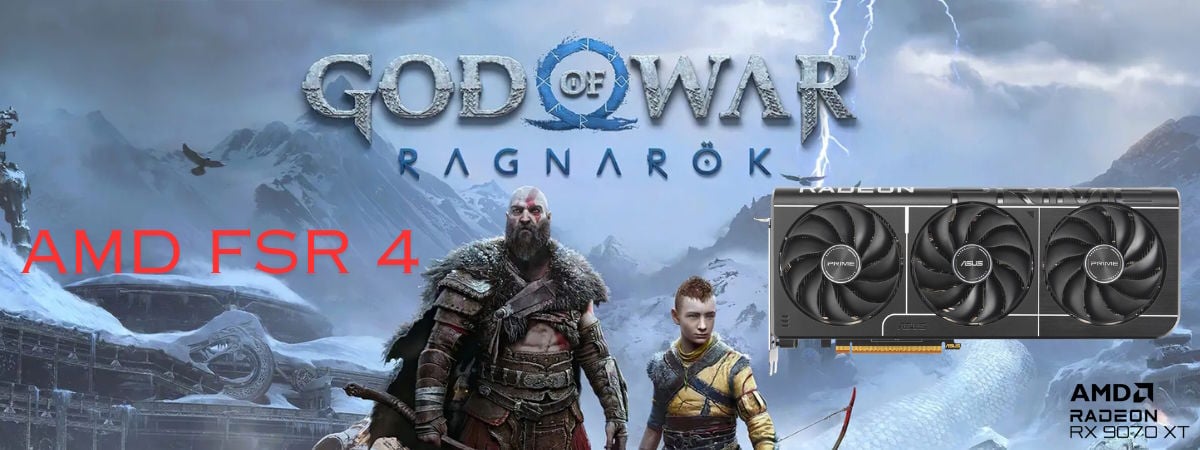AMD’s Radeon RX 9060 XT is a direct shot at Nvidia’s RTX 5060 — here’s why I think it will hit the bullseye
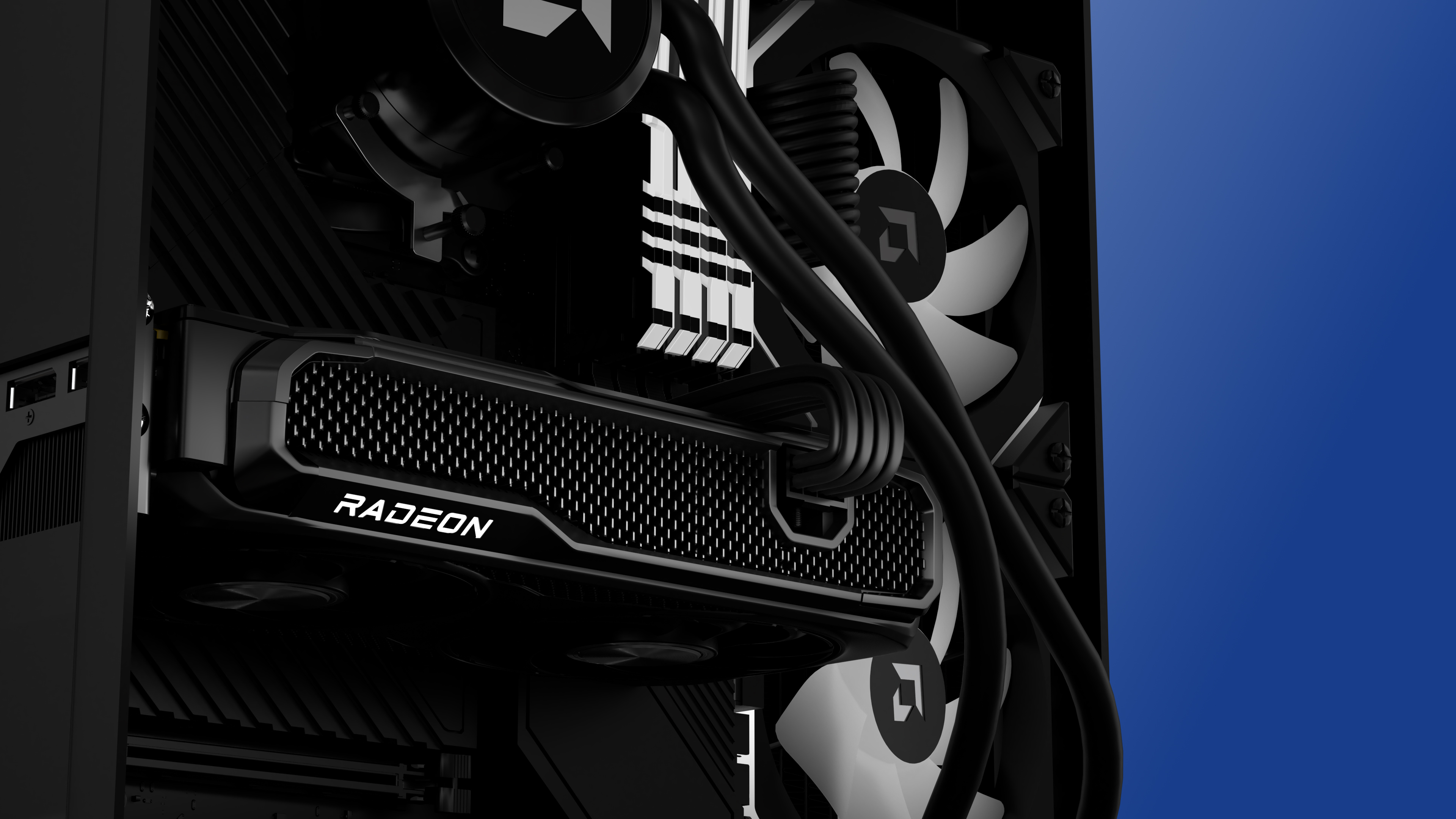
In the worst-kept secret of Computex 2025, AMD has just announced its new GPU — the Radeon RX 9060 XT. The self-proclaimed “world’s best graphics card under $350” will be available to buy on June 5th with a starting price of $299.
That lower price is for the model with 8GB of video memory (the storage space for all those shiny in-game graphics), and for $349, you can double that to 16GB — a much better number given how demanding AAA games like Indiana Jones and the Great Circle are.
And if AMD’s numbers are reflective of real-world testing (trust me, I’ll be testing the hell out of it), then this is looking like the ultimate combo breaker of performance and value for money that is ready to take on the Nvidia RTX 5060 and RTX 5060 Ti. Let me explain.
AMD Radeon RX 9060 XT vs RTX 5060 vs RTX 5060 Ti: Specs
So the first bit that is clear is you’re getting more for your money — 6% faster gaming based on testing 40 of the most played games, and 15% better gaming performance per dollar vs the 5060 Ti.
|
Spec |
RX 9060 XT (8GB) |
RX 9060 XT (16GB) |
RTX 5060 |
RTX 5060 Ti |
|---|---|---|---|---|
|
Compute units |
32 |
32 |
30 |
36 |
|
Peak AI TOPs |
821 |
821 |
614 |
759 |
|
Boost clock |
3.1 GHz |
3.1 GHz |
2.5 GHz |
2.6 GHz |
|
Video memory |
8GB |
16GB |
8GB |
8/16GB |
|
Price |
$299 |
$349 |
$299 |
$379/$429 |
FSR 4 Redstone is the key
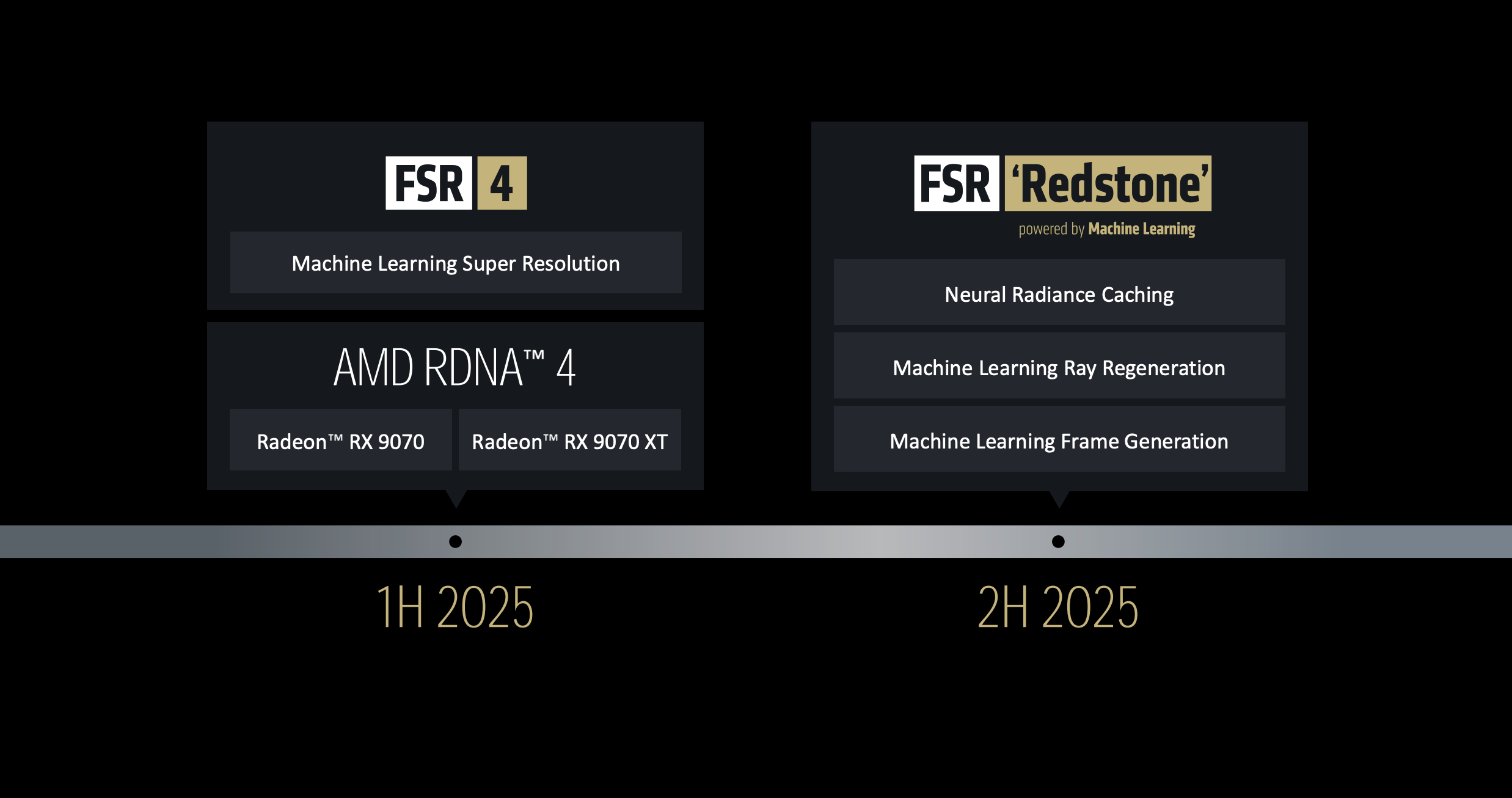
When it comes to cheaper GPUs like this, the secret sauce to extracting the most from your games is AI trickery. Nvidia has led the way on this with DLSS 4 — bringing crazy frame rates and impressive detail to AAA games (as you can see in our RTX 5060 testing).
But AMD has been catching up fast with the fourth generation of its FidelityFX Super Resolution (FSR) technology, which the RDNA 4 architecture of these new GPUs is purpose built for.
The tech is taking another significant leap forward with ‘Redstone.’ This is the next update to the tech that really turns up the heat on its machine learning capabilities with three new additions:
- Neural Radiance Caching: An AI algorithm continually learns how light bounces around in a scene. This drastically reduces the demand on a GPU having to render every direct and indirect light source.
- Machine learning ray regeneration: Instead of animating every reflection on every surface, a trained neural network can analyze the scene and place those reflections and make it happen.
- Machine learning frame generation: With a new AI model cooking in the background, every rendered frame is analyzed and an accurate prediction is made of what the next frame will be to fill in the gaps and make gameplay much smoother.
Is this kind of copying Nvidia’s homework? Sort of. There are differences in the tech, but DLSS has been doing a lot of this for a while now. But that doesn’t mean it’s a bad thing — in fact it’s the best decision AMD’s made, as it now puts Team Red on an even playing field to really compete.
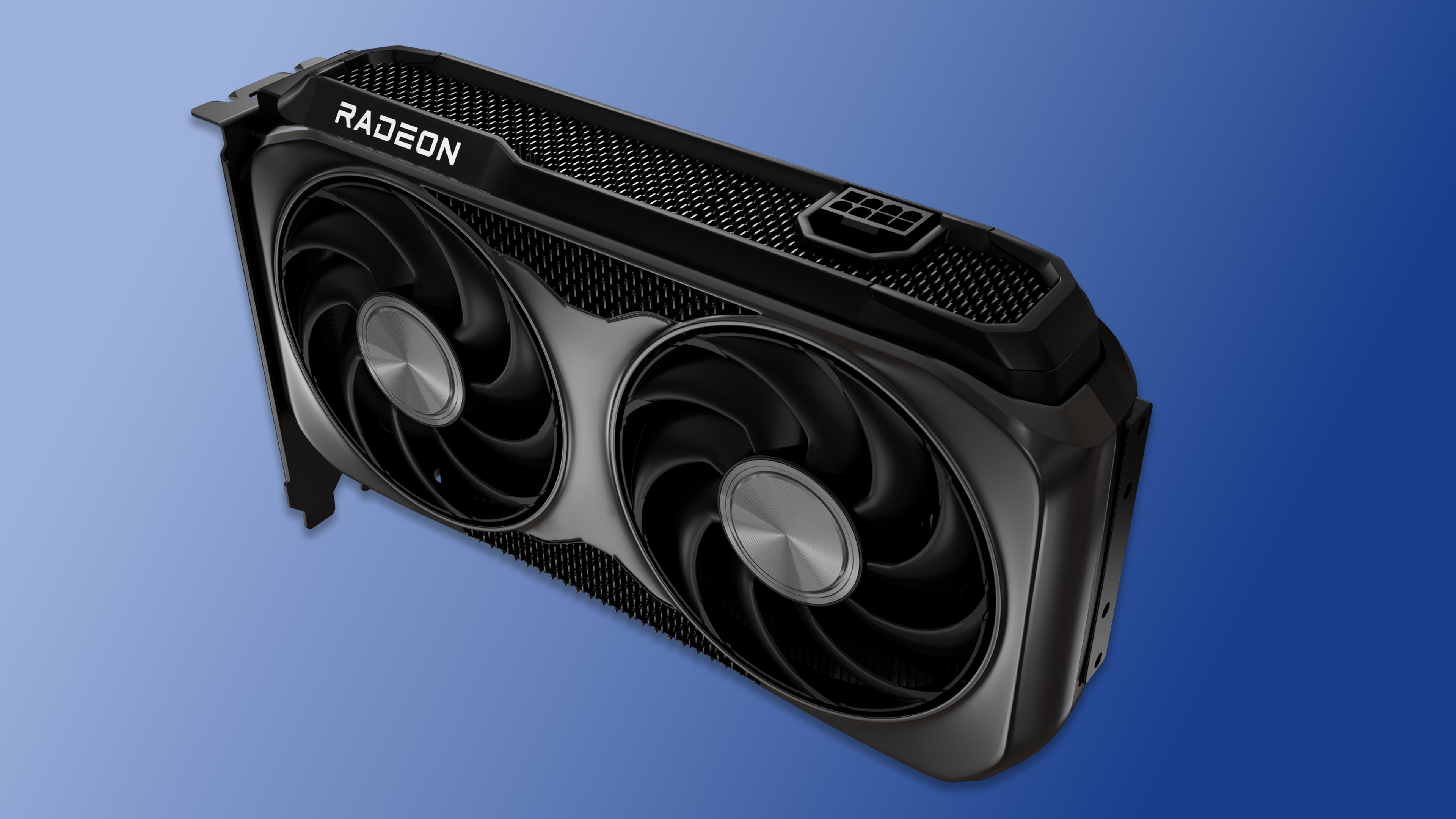
All it needs now is more games, and over 60 titles will come armed with FSR 4 support by June 5th. Speaking to AMD, they talked about how this will open the door to potential multi-frame generation (what has been fuelling those 200+ FPS results on Nvidia RTX 50-series cards since the beginning of the year).
And there’s one simple reason why all of this comes together to potentially make Team Green pretty green with envy.
True value for money
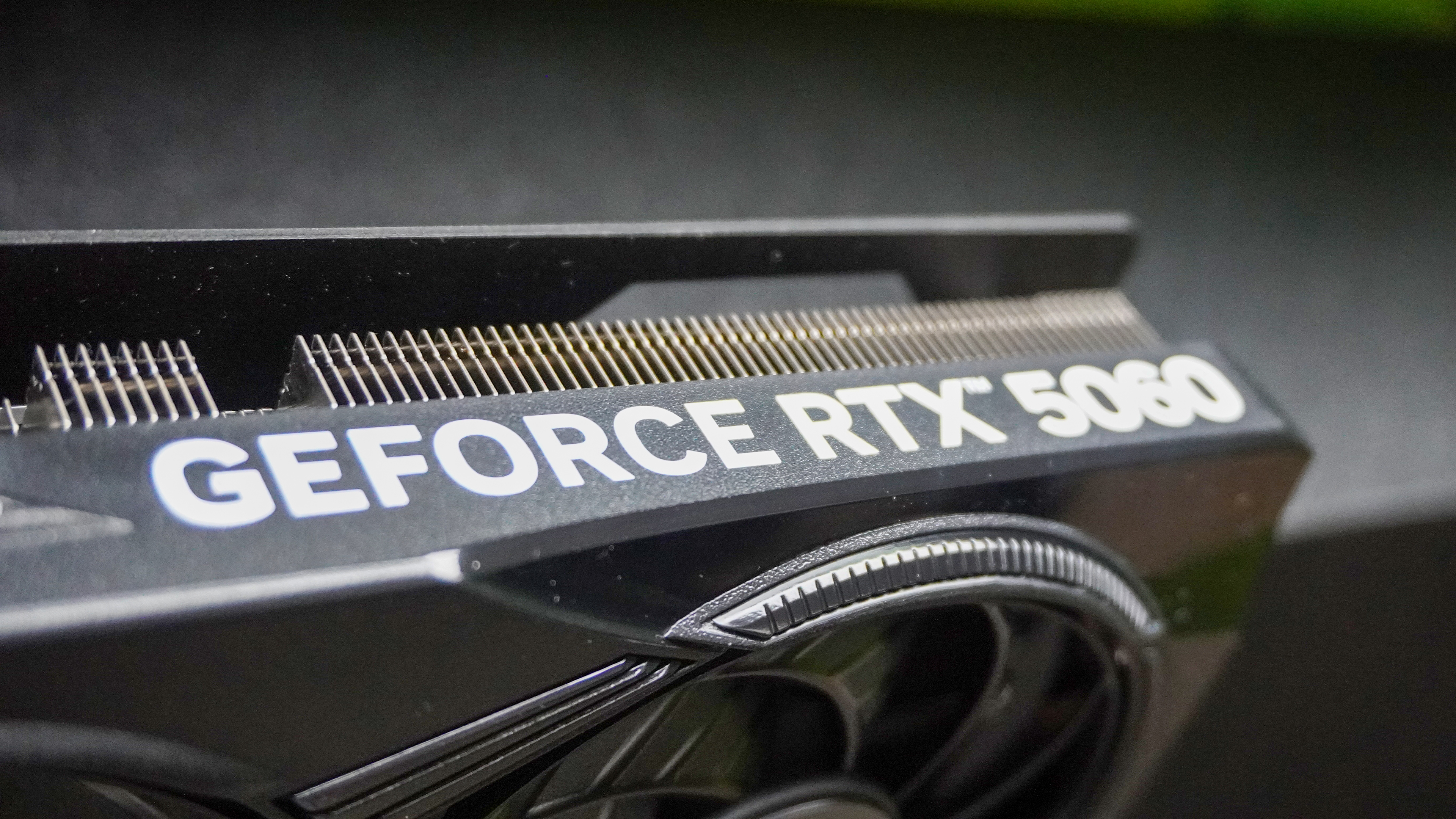
You see, with all these numbers, AMD has been keen to tell us all about how it is the Nvidia RTX 5060 Ti’s worst nightmare. But I think the real target here is the 5060.
I got talking to a bunch of my mates in the press pool after the announcement, and the wow moment wasn’t “I can get 6% better performance for $30 less,” it was “I could spend $50 more and get a way better GPU.”
Our friends over at PC Gamer have been doing some proper in-depth testing of the RTX 5060, and the results were what I expected — play by Nvidia’s rules and you’ll be fine, but try to play something outside of its realm and you’ll face the limitations fast.
And that’s why AMD’s move is kind of a stroke of genius here. On paper, the RX 9060 XT is an altogether stronger card, and for just an additional 50 bucks, you can get it with double the video memory for those more demanding games? One thing is for sure: the GPU wars have never been as big as they are right now.
That is, of course, if companies who make these GPUs can stick to the MSRP. All we can do is cross our fingers on that one.
More from Tom’s Guide
Source link






